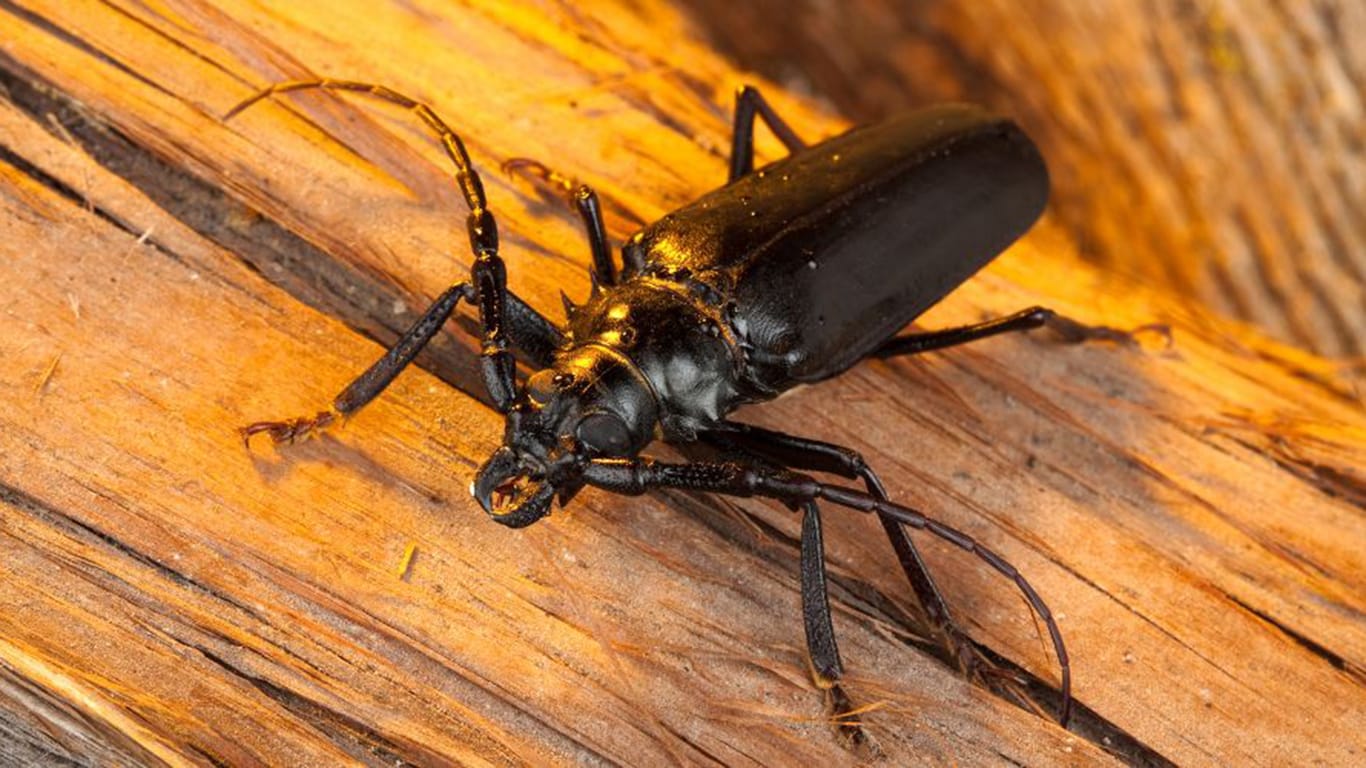Summers bring a smorgasbord of insects in Arizona and buzzing cicadas are a familiar sound leading up to the monsoon season.
MORE NEWS: 5 tips from an expert to prepare your home for monsoon season
When rains arrive, beetles burrow out of the soil to mate, winged ants and termites swoon and swarm in their own nuptial flights, and a flurry of other critters look to feast at the party.
While some of the more common bugs such as cockroaches, mosquitos, harvester ants and scorpions may be out in bigger numbers with the increase in precipitation. With help from University of Arizona research, here are some of the more unique critters you might also see make an appearance this monsoon:
Fig beetles

This fig beetle (Cotinis mutabilis) is one of the few species of scarab in the region that are active during the daytime. They are easy to distinguish from other scarabs with their green body and yellowish markings on the edge of their elytra (wing covers), along with the metallic green underside of their bodies.
Fig beetle flight-wings are a dark smoky color and make a noticeable “buzzing” sound when the beetle flies overhead. Adult fig beetles are attracted to fruits and plant fluorescence. To keep them from eating fruits on trees or cactus, people can bag the fruit on the plant.
Fig beetle larva, a chunky white grub, lives in compost piles and other organically rich soils, and has a habit of being mobile while on its backside. Like all other beetles, it will eventually pupate and later emerge as the adult beetle.
Palo verde root borer beetles
Because of their large size, palo verde root borers (Derobrachus hovorei) are one of the more noticeable insects during monsoon season; they fly during the evening. The large grubs can take up to three years to develop underground, feeding on roots. They are frequently and wrongly blamed for killing palo verde trees.
More than likely, the trees die or are damaged from stress and other environmental factors. The gentle giant adult palo verde borers do not feed and only live for a few weeks – long enough to mate and continue the lineage of the species.
Tarantulas
Monsoon season is generally the time of year when there is an increase in tarantula activity. This is tied to the mating season much as it is for other arthropods that make their appearance during the summer rains. Males wander, looking for females.
It’s usually easy to distinguish the sexes; males are “spindlier” with a small abdomen and slender legs; females are more robust because they need abundant bodily resources to produce offspring.
Like other spiders, tarantulas are predators that feed on other organisms, but there is no need to be concerned if you see one. If you get too close, the spider might try to defend itself by flicking off barbed hairs from its abdomen.
Giant mesquite bugs
Giant mesquite bugs (Thasus neocalifornicus) usually start appearing during the hottest time of summer, pre-monsoon, and continue to be present into monsoon season. These bugs occupy the canopy of mesquite trees where they use their piercing and sucking mouth to feed on the plant’s juices.
In their immature stage, wingless nymphs are a striking red color with creamy markings on the abdomen. Adults have fully developed wings and are dark grey to nearly black in color.
When temperatures are too hot in the tree’s canopy, giant mesquite bugs, both adults and nymphs, descend to the base of the tree where it is cooler, then retreat to the canopy when the day’s heat tapers off.
Author: Fernando Torres is the owner of CimeX Control Pest Management. For more information call (480) 364-7499 or visit cimexcontrol.com.




